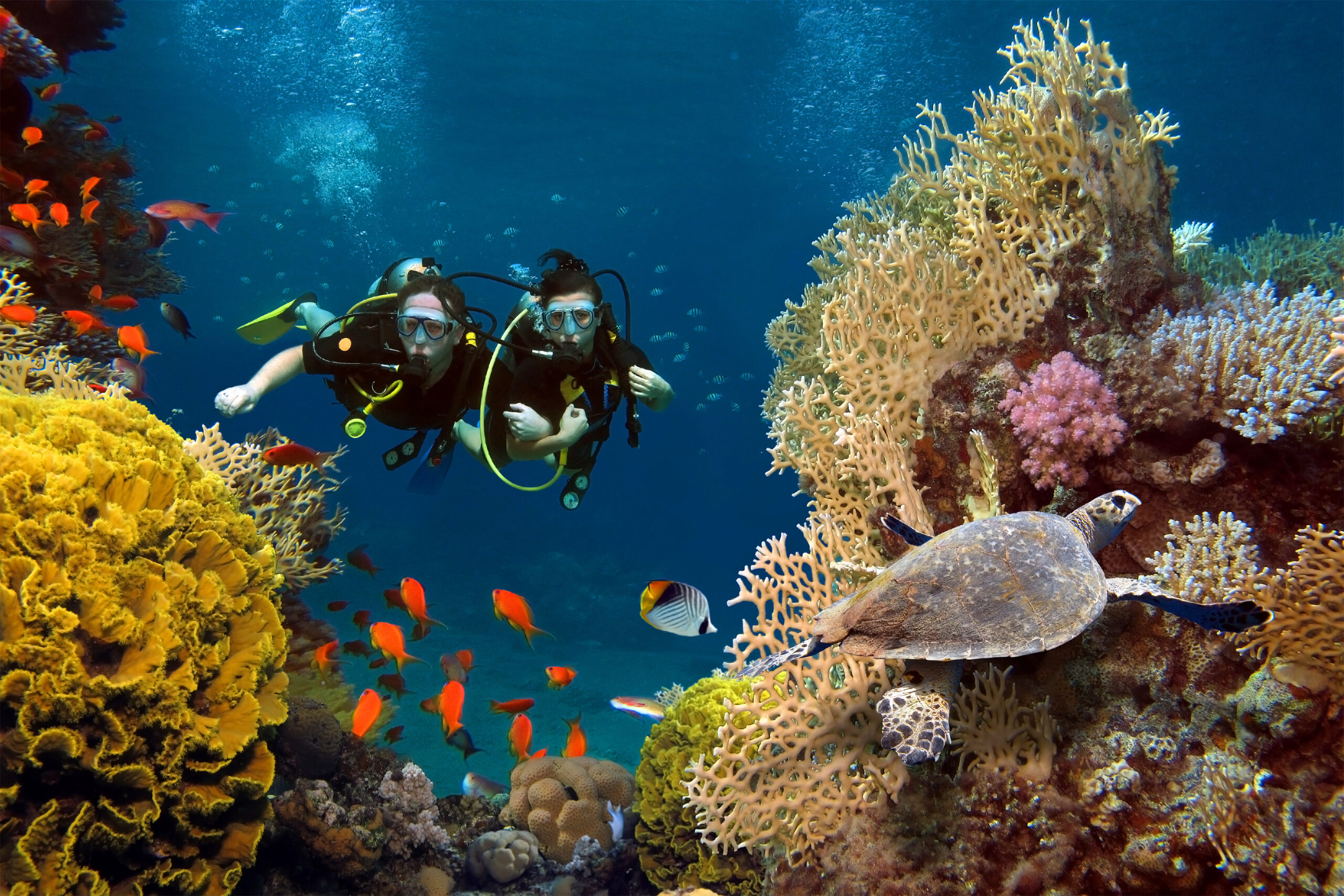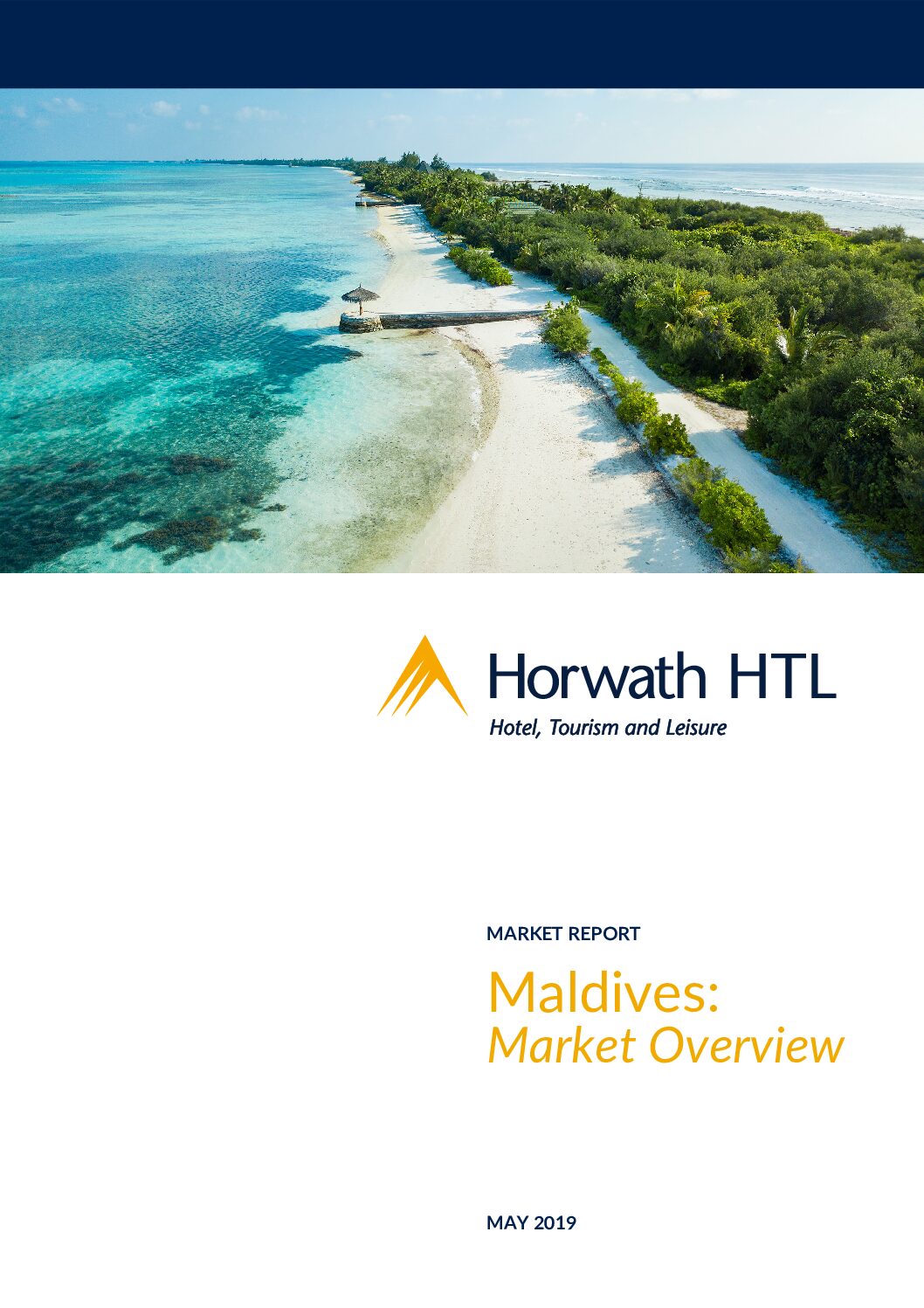
Report
Maldives Resort Market Overview
The Maldives continues to be a premier destination renowned for its clear turquoise waters, luxurious resorts, and unparalleled diving experiences. With a unique one-island-one-resort concept, the Maldives has maintained its status as the highest rate-yielding market in the Asia-Pacific region. This report provides an in-depth analysis of the Maldives' tourism and hotel market, highlighting visitor trends, accommodation statistics, and future outlook.
Visitor Arrivals
- Growth Rate (2008-2018): The Maldives saw an average annual growth rate of 8.1% in foreign tourist arrivals.
- Total Arrivals in 2018: 1.48 million, a 6.8% increase from 2017. The highest growth was recorded in 2010 at 20.7%.
- Impact of External Factors: The 2018 state of emergency declaration and competition from other resort destinations in the region slowed growth.
Key Source Markets:
- Europe: 49% of total arrivals, with significant increases from Italy (+18.5%), Germany (+4.8%), and the UK (+10.2%).
- Asia: 40% of total arrivals, with a notable decline from China (-7.6%).
Top 10 Source Countries (2018):
China: 283,116 arrivals (19.1%)
Germany: 117,532 arrivals (7.9%)
UK: 114,602 arrivals (7.7%)
Italy: 105,297 arrivals (7.1%)
India: 90,474 arrivals (6.1%)
Russia: 82,020 arrivals (5.5%)
France: 50,476 arrivals (3.4%)
USA: 42,901 arrivals (2.9%)
Japan: 42,304 arrivals (2.9%)
Australia: 37,254 arrivals (2.5%)
Accommodation Statistics
- Total Registered Facilities (2018): 787, including 139 resorts/marinas, 12 hotels, 491 guesthouses, and 145 safari vessels.
- Total Bed Capacity: 43,025 beds, with resorts/marinas accounting for 71% of total bed capacity.
- Geographic Distribution:
- Kaafu (Male) Atoll: 40% of total bed capacity
- Alifu Dhaalu (South Ari) Atoll: 12%
- Alifu Alifu (North Ari) Atoll: 8%
- Baa Atoll: 8%
- Lhaviyani Atoll: 6%
- Others: 26%
Resort Market Performance
Occupancy and ADR:
- Ultra-Luxury Resorts (>$1,000):
- Male Atoll: Lower occupancy, higher ADR
- Other Atolls: Higher ADR, lower occupancy
- Mid-Luxury Resorts ($600 – $1,000):
- Male Atoll: Historically higher occupancy, recent declines
- Other Atolls: Stable occupancy, lower ADR
- Budget Resorts (<$600):
- Male Atoll: Higher occupancy, lower ADR
- Other Atolls: Higher ADR, lower occupancy due to competition from guesthouses
RevPAR:
- Ultra-Luxury: Highest RevPAR achieved by resorts in Other Atolls.
- Budget: Lowest RevPAR for Male Atoll resorts due to lower ADR despite higher occupancy.
Market Dynamics
- Seasonality: Peak occupancy from November to April (dry season), lower occupancy during May to October (monsoon season). Different markets fill resorts at various times, balancing overall occupancy rates.
- Average Length of Stay: Increased to 6.4 days in 2018, driven by European arrivals. The government aims to increase this to 7.5 days by 2021.
Future Supply
New Developments:
- 2019: 17 new resorts (2,175 keys), including:
- Male Atoll: 581 keys (e.g., Waldorf Astoria, Hard Rock Maldives)
- Other Atolls: 1,594 keys (e.g., Raffles Meradhoo, JW Marriott, InterContinental)
Market Outlook
Despite challenges such as the decrease in Chinese arrivals and increased regional competition, the Maldives is expected to remain a high-yield market. Short to mid-term pressures from new supply and competitive destinations may impact occupancy and ADR growth. Long-term prospects remain positive due to the Maldives’ unique geographic appeal and high demand for luxury experiences.
Download the report
For detailed charts, graphs, and further analysis, download the full report here







